Are you concerned about termites invading your home???
Australian homes face some of the world's harshest conditions!
Termite attacking your home is one, that unless your paying attention can cost you lots of money.
Did you know that your home insurance generally does not cover the cost of repairs to your home should termites cause it damage !
There are some small no cost things you can do to spot these destructive little pests.
Now before i explain the signs to look out for please understand the most important thing you can do if you suspect termites is nothing!
The reason I say this is the moment you disturb termites or their nest they will disappear ! (that may sound fantastic), but when they believe the threat has gone they will return !
If you suspect termites in your home don't disturb them, instead call a certified pest specialist.
A termite specialist will inspect you home, advise on the best way to treat the problem to eliminate the whole colony & possibly an ongoing maintenance program to keep them out of your home for the long term !
Now the things you can do & the signs to look for !
- Take a slow walk around the entire outer perimeter of your home. Your looking from the point where your brickwork/slab edge makes contact with the ground to the weep hole (i'll explain this below & please see attached photo). If your home isn't brick & it's outside walls are timber or some other cladding there should be a pressed metal devise running along the bottom edge of the cladding, commonly this projects out at 45 degrees to the wall & is painted to match the cladding.
You are looking for a weep hole (concrete path should be lower).
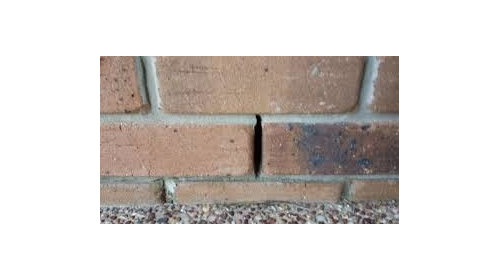
Weep hole with termite tracks "mud track"
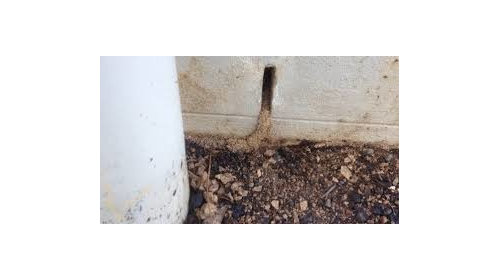
more mud tracks.
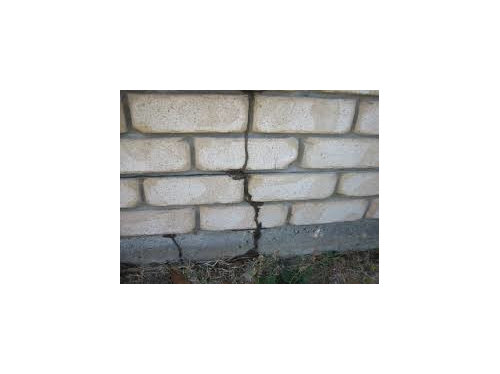
Termite "mud track" to cladding.

(again please see attached photos), this track will extend from the ground to the weep hole or up to & over the ant cap (the 45 degree thingy) for those of you with cladding.
If you see these tracks it can be an indication of termites getting into your home.
- Take note of where these tracks are, now take a nail, piece of stiff wire, pen anything with a reasonable point really & "gently" inside your home opposite the mud tracks at the bottom of your wall where the skirting board meets the floor covering look for ripples in the finish of the skirting or visable mud around this area. I f there is mud call the pest expert, if there is rippling in the skirting gently poke it where the rippling is, if it flexes or your nail disappears into the board & it feels hollow beyond the painted surface don't go any further call your pest expert.
- There are other things you can do to help maintain your property & reduce the risk of termite attack, these involve some sweating & hard work but it's worth doing to help keep the termites away.
- Remove any timber you may have stacked against the home, keep it away from the edge of your house !
- Move all gardens away where possible, "only footpaths should abutt the slab edge or brickwork".
- There should always be a minimum 75mm (3 inches) from the bottom of the weep hole or ant cap to any finished surface i.e: ground, footpath, pavers, garden mulch or lawn. This doesn't stop termites it just gives you a clear area to inspect to detect their entry (mud tracks).
- If your home is not built on a concrete slab, it may be a timber floor with a crawl space underneath and if you're game to inspect under your home take a torch and get under there! (there should always be a gate/ door to access this space). Your looking for the same "mud tracks" that I described above.
- Make sure concrete paths, gardens & ground levels fall away from your home. This keeps water from ponding around your home, termites are attracted to moisture and ponding water can affect the foundations of your home also.
- If your handy fix leaking outdoor taps quickly, not only will this save you money on water bills but it will keep ground dry around the home.
- Inspect your home as i've advised above every 3 to 6 months. And have it professionally inspected by a pest specialist every 6 to 12 months.
If the worst happens and a pest inspection discovers termites ask this professional to advise you when to get a builder (like myself) to undertake your repairs.
Keep in mind that quoting on repairs to termite damage can be difficult as until plasterboard is removed from the inside it can be difficult to assess the damage done !
If your building a new home or renovating/ extending your existing home ask your builder to include treated timber into the frame of all construction they do for you, this will cost you a bit more as treated timber is more expensive, however knowing that the structural timbers in your home won't be on a termites menu may help you sleep more soundly at night !
If you would like more information/ advice or are considering building, renovating and or extending go to our web site on the attached link below.

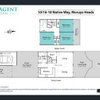

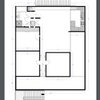
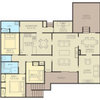
Related Discussions
What's the worst uninvited guest you've ever found in your house?
Q
What do you wish you knew before moving into your current home?
Q
Poll: How close are you to achieving your dream home?
Q
Would you consider having your (elderly) parents live with you?
Q